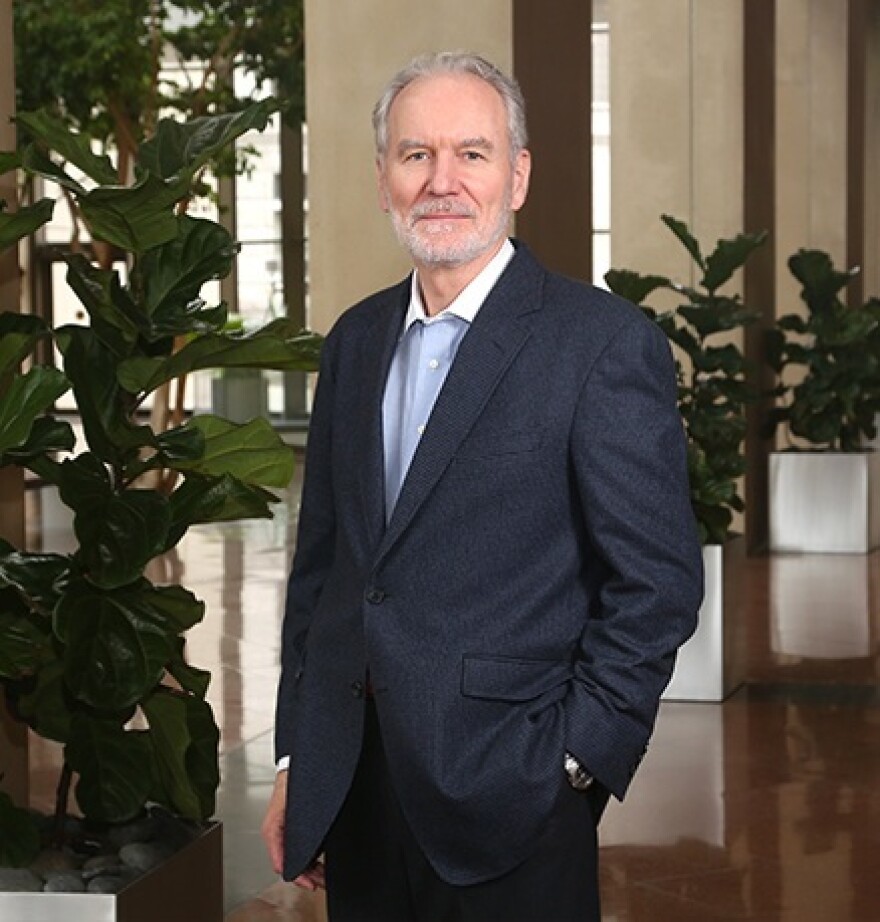John Byrnes spent decades building companies – his own and others’. After running the private equity group at Marshall & Ilsley bank for 15 years, he managed its spinout into a new private equity firm. Under John’s oversight, Mason Wells raised three funds, the last reaching $525 million. New Mason Wells leaders have gone on to raise a fourth, $615 million fund.
As he built Mason Wells, John built a very successful track record helping more than 75 portfolio companies grow. John's experience working with Midwestern companies in many industries has inspired his work as chairman of Milwaukee Institute, which focuses on fueling new business formation and growth in the Midwest ecosystem.
Here’s some advice John has for fellow entrepreneurs:
To create a successful business, you have to create value. There are two types of value to create: customer value and shareholder value.
Don’t oversell the point. As the manager, you can make decisions without having to explain them in detail.
The single biggest insight an entrepreneur should have is to set priorities. That’s also the hardest thing to do when you’re starting a business and there are thousands of things to be done.
Advisors who put you on big budget and talk about process do all the things that you as managers should be doing. Advisors should be brought in to gather information you don’t have, not to tell you how to run your company.
It isn’t about the end game, it’s about the opening moves. Startups often have nothing to manage, so they manage the future. But planning for three years out is irrelevant; a startup needs to focus on where it will be next quarter.
There’s no substitute for creative management that solves problems.
A common mistake small businesses make is to spend too much money hiring four or five C-level employees when they don’t need that much leadership. Often it’s possible to get to $25 million of annual revenue with just two employees: “Mr. Inside” and “Mr. Outside.”






